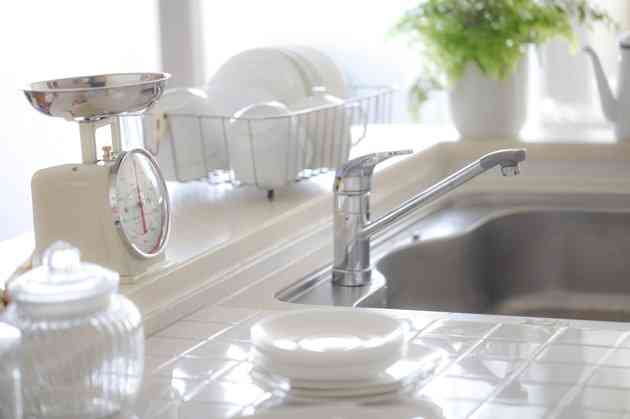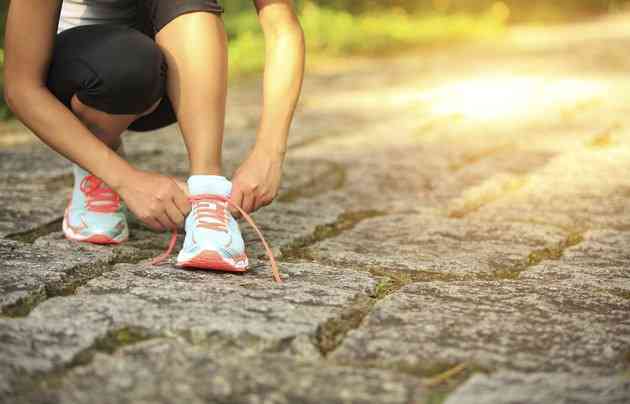The Best Walking Shoes to Prevent Stress Fractures of the Foot

 Wearing the right shoes may help. (Image: m-gucci/iStock/Getty Images)
Wearing the right shoes may help. (Image: m-gucci/iStock/Getty Images)What to Look For
Running shoes designed to prevent small breaks in the bones of the feet are not the same as walking shoes that aim to do the same. The motion is different, according to a walking information community called The Walking Site. A walker's heel makes contact with the ground first and then rolls up to the toe, so the walker needs a more pliable sole and toe area than the runner, according to the website. You'll also want a shoe with a heel cup that, according to foot and ankle specialist Dr. Stephen M. Pribut, has support so your foot doesn't slip around.
Common Pitfalls
You may have the urge to shop for brand, but the key is to shop for fit. You'll want to try on your shoes after a walk because your foot expands during exercise, according to The Walking Site. When you try on the shoes, wear the socks you usually wear for walks. Dr. Pribut also suggests looking at wear from you old shoes; if the front of the sole has a lot of wear, particularly under the second or third toe, and the heel has little, you may have a condition called Morton's Foot, which makes you more prone to fractures--and makes the right balance of flexibility and support all the more important.
Where to Buy
Dr. Pribut said you may have your best chance of finding a good walking shoe at a specialty or sports store. Generally speaking, The Walking Site recommends any store that will allow you to "test" out the shoe by walking on a hard surface for at least 10 minutes. If it takes going to a more expensive store to do that, it's worth the money for the right fit, according to the site. Fleet Feet Sports, a national specialty chain, evaluates how you walk in-store to determine the best model and fit for your feet.
Cost
Shoes boasting flexible toes and sturdy heel cups can be found in all price ranges. In a June 25, 2010, report on Walking Shoe Reviews, website editor Jackie Burns identified the top 10 brands of walking shoes. The pairs of shoes that fell under these brands in the report ranged from $50 to $300. Those on the upper end of the price range were usually the most up-to-the-minute styles and boasted more rugged features, such as hiking shoes.
Accessories
The Foot and Ankle Center of Washington recommends customized orthotics--inserts that aim to transfer some of the stress from an area susceptible to fracture to other parts of the foot. An item that walkers can't live without are socks. Outdoor fitness company REI recommends walkers look for socks that have cushioning and pull moisture away from the sock so it doesn't get soaked.
Insider Tips
Worn-out shoes are a major cause of stress fractures, according to the American Academy of Orthopaedic Surgeons. It's recommended walkers switch out their shoes every 300 to 600 miles. Signs of wear include outsoles that appear rubbed-down, heel cups that are tilted outward and holes in the toes, according to Pribut. The Walking Site also recommends you walk around the house for a few days before hitting the pavement to get accustomed to your new pair.




